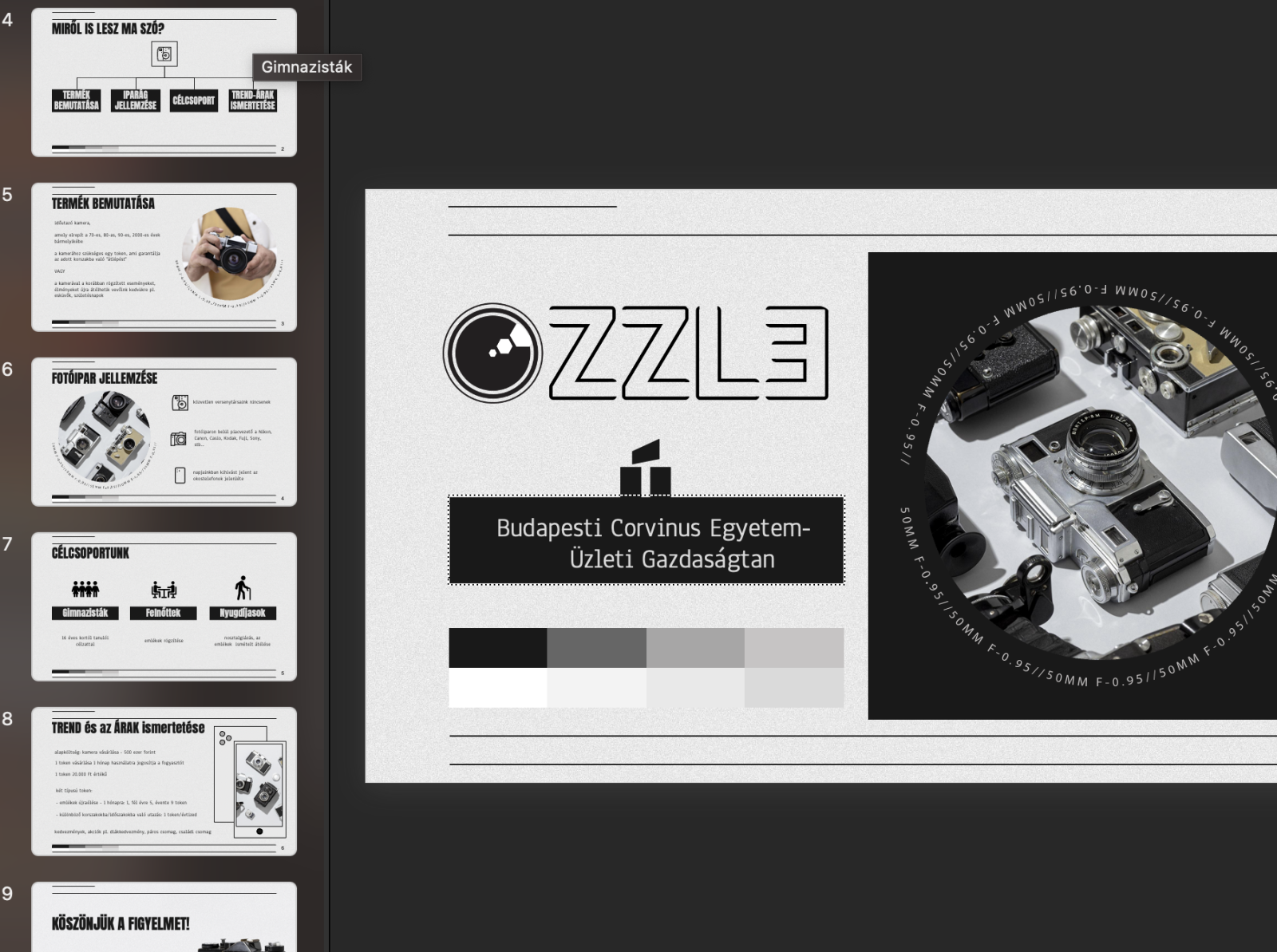
As a result of the controversy generated by the abortion story, the Sydney Daily Mirror cancelled its advertising contract, it also threatened to sack Peter Grose from his cadetship unless he resigned from Oz and the Maritime Services Board evicted Oz from its office in The Rocks.Įarly issues and first obscenity charge These stories though, would soon lead to the magazine's first round of obscenity charges, but there were also more immediate consequences. It also featured a centre spread on the history of the chastity belt and a story on abortion – based on Neville's own experience of arranging a termination of pregnancy for a girlfriend abortion was then still illegal in New South Wales. : 26 It parodied the Sydney Morning Herald (and was even printed on The Herald's own presses, adding to its credibility) and led with a front-page hoax about the collapse of the Sydney Harbour Bridge. The 16-page first issue, published on April Fools' Day 1963, caused a sensation, selling 6,000 copies by lunchtime of publication day. Influenced by the radical comedy of Lenny Bruce, Neville and friends decided to found a "magazine of dissent". Neville, Walsh and Sharp had each been involved in student magazines at their respective Sydney tertiary campuses: Neville had edited the University of New South Wales student magazine Tharunka, Walsh edited its University of Sydney counterpart Honi Soit and Sharp had contributed to the short-lived student magazine The Arty Wild Oat while studying at the National Art School in East Sydney. Other early contributors included art critic Robert Hughes and future author Bob Ellis. The original Australian editorial team included university students Neville, Walsh and Sharp, and Peter Grose, a cadet journalist from Sydney's Daily Mirror. Richard Neville, Richard Walsh, Martin Sharp The controversial cover of Oz Sydney, No.6, February 1964 In two later trials, one in Australia in 1964 and the other in the UK in 1971, the magazine's editors were acquitted on appeal, after initially being found guilty and sentenced to harsh jail terms. A 1963 charge was dealt with expeditiously when, upon the advice of a solicitor, the three editors pleaded guilty. In both Australia and the UK, the creators of Oz were prosecuted on charges of obscenity. Co-editors of the London version were Jim Anderson and, later, Felix Dennis, and then Roger Hutchinson. Co-editors of the Sydney version were Richard Walsh and Martin Sharp. The central editor, throughout the magazine's life in both countries, was Richard Neville.

The Australian magazine was published until 1969 and the British version until 1973. While it was first published in Sydney in 1963, a parallel version of Oz was published in London from 1967. Oz was an independently published, alternative/ underground magazine associated with the international counterculture of the 1960s.


 0 kommentar(er)
0 kommentar(er)
